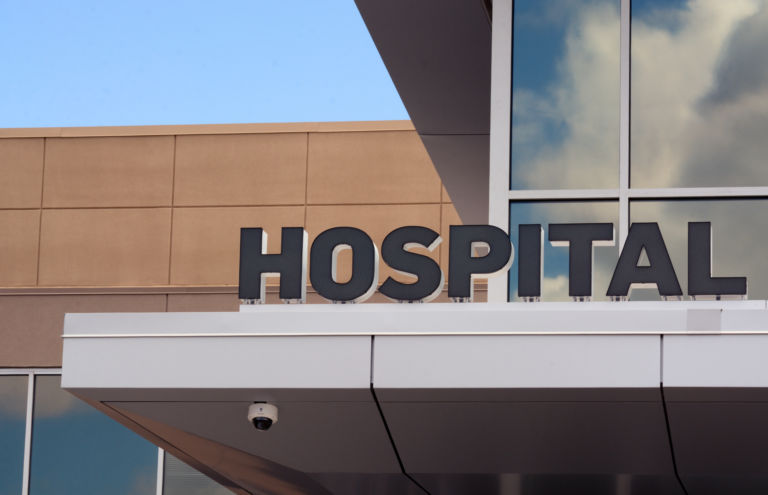The Senate’s health reform bill, formally known as the Better Care Reconciliation Act (BCRA), has not been well received by most. Principled Senate Republicans don’t think the bill instills enough patient-centered solutions to generate a meaningful transformation of our nation’s complicated health care system. Meanwhile, the Congressional Budget Office (CBO) score has predictably led the media to unleash a fury of breaking news tickers and printed headlines with phrases like “Senate Health Bill in Peril as C.B.O. Predicts 22 Million More Uninsured, and Senate healthcare bill would cut insurance for 22 million Americans, and “Senate GOP health-care bill appears in deeper trouble following new CBO report.”
Intraparty Divide
Principled conservatives are correct in their assessment that BCRA is not an ideal bill. For example, the bill keeps Obamacare-like subsidies intact for people who don’t have access to employer-sponsored insurance. They argue that throwing subsidies at an unaffordable problem (the unaffordable problem being the cost of health insurance as a result of premium-driving regulations) is not a thoughtful solution to that problem.
This is true.
Despite the bill’s flaws, other GOPers and conservative policy wonks believe that BCRA is a way to begin pivoting the health care system in a direction that incrementally reduces health insurance subsides, mandates, and regulations that will ultimately make health coverage more affordable for more people. Think of it this way: when Obamacare was passed in 2010, many on the Left were not thrilled. The law did not resemble their ideal single-payer system, but it certainly has proven to make strides towards that direction. Just look at the large percentage of the newly insured who have gained Medicaid coverage in the 31 states that have chosen to expand this program in exchange for more federal monies.
Let’s focus on some of the positives here:
Fewer Subsidies
For example, BCRA does scale back on the total amount of premium subsidies that are distributed to individual market customers. Subsidies would also be reallocated to people living below the poverty line who are currently in the “Medicaid gap” – those who currently don’t earn enough income to afford a subsidized private health plan and don’t qualify for Medicaid.
In addition to a reduction in premium subsidies, BCRA proposes to allocate temporary cost-sharing subsidies that will offset certain low-income policyholders’ deductibles, co-pays, and co-insurance. Cost-sharing subsidies will supposedly evaporate in 2020, although that could not end up being the case. These subsidies are still being distributed under current law, even after a federal judge ruled that Congress never appropriated them in the first place.
Fewer Regulations
Fewer subsidies MUST come with fewer regulations for insurance to be affordable. And that’s what the Senate health care bill sets out to do. Beginning in 2020, insurance companies will be able to lure healthy policyholders to their financially unstable risk pools because they will be able to sell catastrophic health plans.
Better yet, states could apply for a waiver that would let them opt out of complying with the federal government’s 10 categories of “essential health benefits.” While this is another federal mandate that has increased the cost of health insurance plans because carriers are forced to cover certain benefits in their plans, states have also contributed to this problem. Before the federal government’s encroachment on the insurance market, the North Carolina legislature has increased the cost of health insurance over time by enacting more than 50 health coverage mandates onto policyholders who purchase insurance on their own and those who participate in small group plans. You can read more here about how patients can have more appealing health insurance options if they had greater choice in tailoring their benefits.
On the contrary to what media outlets report, people with pre-existing conditions will most likely NOT be priced out of the insurance market, because insurance companies will still be forced to accept everybody regardless of their health status. in addition, BCRA’s State Stability and Innovation Program would direct billions in federal funding for states to administer high-risk pools that offer financial assistance for people with serious medical needs. More detail is needed, however, on who qualifies for coverage through a high-risk pool, and how states will sustain these programs. Tackling the pre-existing conditions problem will continue to have its challenges.
Transition Needs To Be Smoother
This newsletter hasn’t even discussed the other elephant in the room – Medicaid reform. That’s for next time. But, overall, BCRA comes with some sound policies regarding insurance reform. One of its biggest flaws, in my opinion, is the timing for when certain provisions kick in. For example, premiums will rise by 20 percent before they fall because some insurance regulations won’t be relaxed until 2020. Politically, this is extremely dangerous for Republicans on the ballot in the 2018 mid-term elections. This is also reflected in the CBO’s coverage projections.
Stay tuned for more developments after the July 4 recess. Senate majority leader Mitch McConnell has only two votes to lose.


